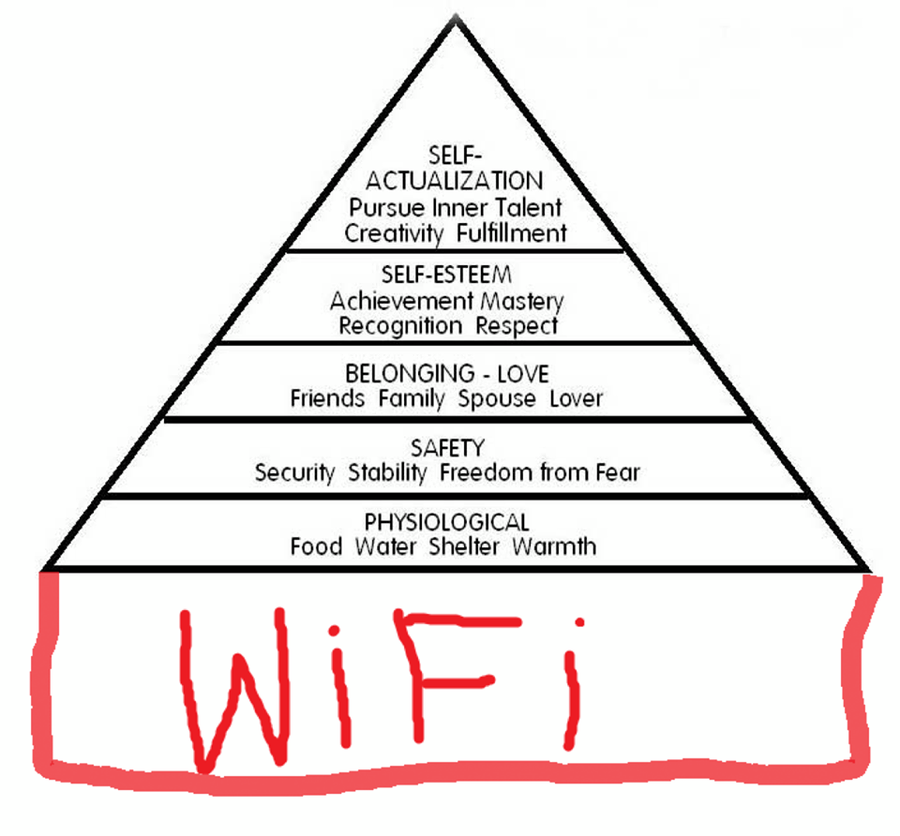Maslow's Hierarchy of Bunkum
Don't believe the cod-scientific management nonsense.

The very first time I saw someone use Maslow’s Hierarchy of Needs in a corporate presentation, I was impressed. It tied the pyramid neatly to reasons for doing social activity around a magazine brand. It was clever, and gave intellectual weight to the presentation.
And then I saw it in another one.
And another.
And another.
And then I started getting suspicious. It was all too neat, too convenient. Human needs, all parcelled up in a tidy pattern of ascending importance. Simple.
But people aren’t simple, are they? And the more I looked at it, the less evidence there seemed to be to support that pyramid. The BBC have just taken a closer look and – surprise, surprise, it’s bunkum:
However, after Maslow’s death in 1970, researchers did undertake a more detailed investigation, with attitude-based surveys and field studies testing out the Hierarchy of Needs.
“When you analyse them, the five needs just don’t drop out,” says Hodgkinson. “The actual structure of motivation doesn’t fit the theory. And that led to a lot of discussion and debate, and new theories evolved as a consequence.”
So, next time you see that pyramid in a PowerPoint, remember that the speaker hasn’t done their research.





